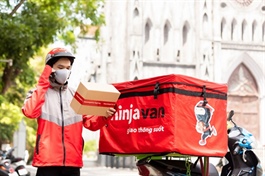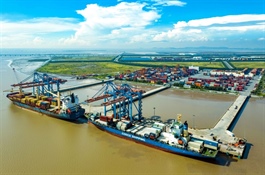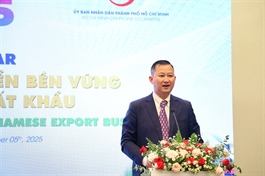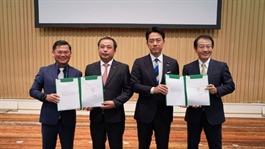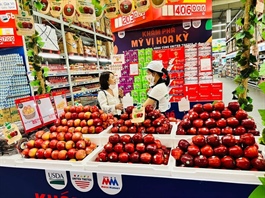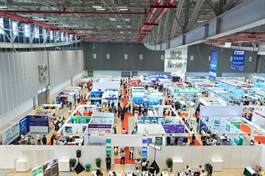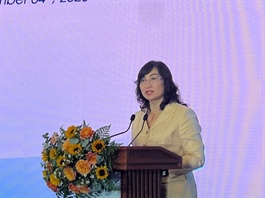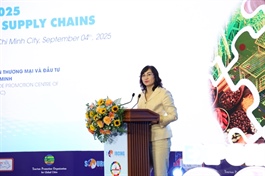HCM City leverages innovation to drive logistics breakthrough after merger
HCM City leverages innovation to drive logistics breakthrough after merger
The merger of HCM City with Bình Dương and Bà Rịa-Vũng Tàu provinces has created a “mega-city” of 6,773 square kilometres, reshaping the southern supply chain with an economy that now contributes about one quarter of Việt Nam’s gross domestic product (GDP).
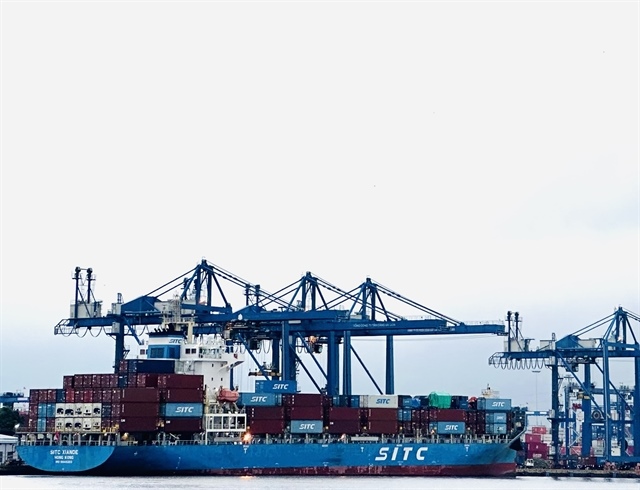
Container vessels dock at Tân Cảng - Cát Lái Port in HCM City, the country’s busiest gateway for import-export cargo. — VNS Photo Nguyễn Diệp |
With deep-water ports, a strong manufacturing base, and a multimodal transport network of roads, waterways, and air links, the city is well positioned to become a logistics powerhouse.
But experts warn that infrastructure alone is not enough. Only by combining innovation, digital transformation, green transition, and workforce development can the city unlock its competitive edge.
Logistics already contributes nearly 20 per cent to the region’s Gross Regional Domestic Product (GRDP).
Together, the three localities form a “growth triangle”: Bình Dương as the production hub, Bà Rịa-Vũng Tàu as the seaport gateway, and HCM City as the centre for services, technology, and transshipment.
Projects such as ring roads No. 3 and No. 4, inter-port routes, and Long Thành International Airport are shaping a multimodal system expected to cut both costs and delivery times.
Yet logistics expenses remain high compared to regional peers, posing a barrier to global competitiveness.
Digital platforms and human capital: dual priorities
Nguyễn Thị Bích Diệp of GreenSys Corp told Việt Nam News that efficiency gains will not come from transport infrastructure alone but from investment in ‘information infrastructure.’
Hard infrastructure such as roads and transportation requires major investment, but information infrastructure is no less important, she said.
“With shared data between businesses and regulators, efficiency would increase significantly, cutting waste and saving time.”
She recommended an open cooperation framework that balances the interests of the State and investors, enabling digital platforms to track transport flows, orders, and emissions in real time.
GreenSys is prepared to partner with the city to build such platforms, she added.
Human resources are another pressing challenge.
Demand for logistics labour is soaring after the merger, but workers face pressures from rapid technological change and employer expectations for multi-tasking and cross-chain skills.
Trần Duy Khiêm, Deputy Business Director of APETECHS and co-founder of ONEX Training Institute, said traditional fragmented training is outdated.
“Some universities now take students to enterprises for site visits, practical training, and software workshops, which greatly improves their readiness,” he said.
Beyond technical knowledge, Khiêm stressed adaptability: “Workers must be willing to learn new skills and take on new roles as logistics jobs evolve.”
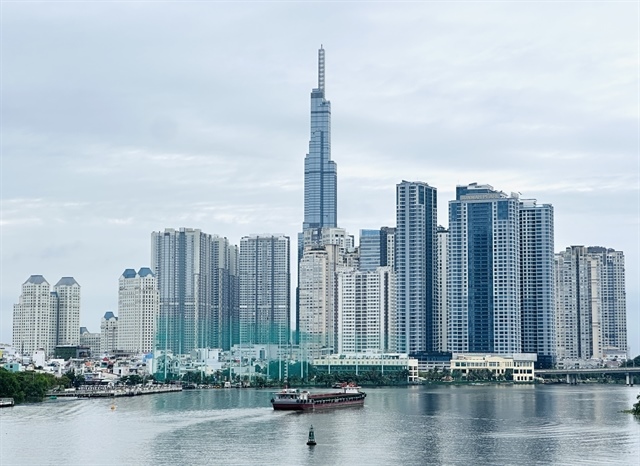
Container vessels dock at Tân Cảng - Cát Lái Port in HCM City, the country’s busiest gateway for import-export cargo. — VNS Photo Nguyễn Diệp |
Building a green and innovative ecosystem
The green transition has become the third pillar of modern logistics. Businesses are under pressure to meet emissions standards, switch to cleaner fuels, and operate low-carbon warehouses and fleets.
But institutional and financial barriers remain. Nguyễn Duy Hưng, Director of Hưng Thịnh Phát Co. Ltd., said: “If there is no regulatory clarity or supportive policy, even enterprises that want to go green will struggle. Achieving green logistics will be very difficult.”
He urged the city to provide easier access to green credit with transparent procedures to encourage investment in emission-compliant vehicles, energy-efficient warehouses, and monitoring systems.
“Only when environmental benefits align with economic incentives can the transition be sustainable,” he added.
To accelerate solutions, the Startup and Innovation Hub (SIHUB) has expanded its 2025 logistics innovation programme to Bình Dương and Bà Rịa–Vũng Tàu, focusing on five priorities: shared data warehouses, GIS-based coordination systems, full supply chain digitisation, e-commerce logistics, and sustainable green logistics.
SIHUB’s deputy director Lê Thị Bé Ba noted that startups applying AI and digital technologies will shape future trends.
“We hope for stronger policies to support these fields and create motivation for startups to thrive,” she said.
Under Resolution No. 20 of the municipal People’s Council, logistics projects can access support packages worth VNĐ40-400 million (US$1,750-17,500).
On the government side, logistics is now a pillar of the city’s master plans to 2030, including the logistics development plan in the 2025-30 period, the digital transformation roadmap in the 2022-25 period, and infrastructure investment strategies.
These focus on three missions: improving regional connectivity, building centralised digital databases and maps, and standardising multimodal transport to reduce service costs.
Lê Văn Danh, deputy director of the Department of Industry and Trade, admitted delays in the “seven logistics centres” plan.
“So far, none have been built due to multiple obstacles. However, we expect to launch two major centres soon at Cát Lái and the High-Tech Park. Bình Dương will develop inland container depots, while Vũng Tàu will grow as a seaport hub,” he said.
To support businesses, the city has also rolled out an interest-rate subsidy scheme through the HCM City Finance and Investment Company (HFIC).
As Việt Nam deepens global integration, experts agree that innovation is no longer a slogan but a strategic lever.
The State must pave the way with policies and seed capital; enterprises must embrace digitalisation and new business models; and universities must supply skilled talent.
If the principle of “co-thinking, co-working, and co-benefiting” is realised across ports, warehouses, and transport networks, the city has the foundations to rise as a leading logistics hub in Southeast Asia — spreading growth momentum across the entire southern key economic region.
- 08:46 08/09/2025




